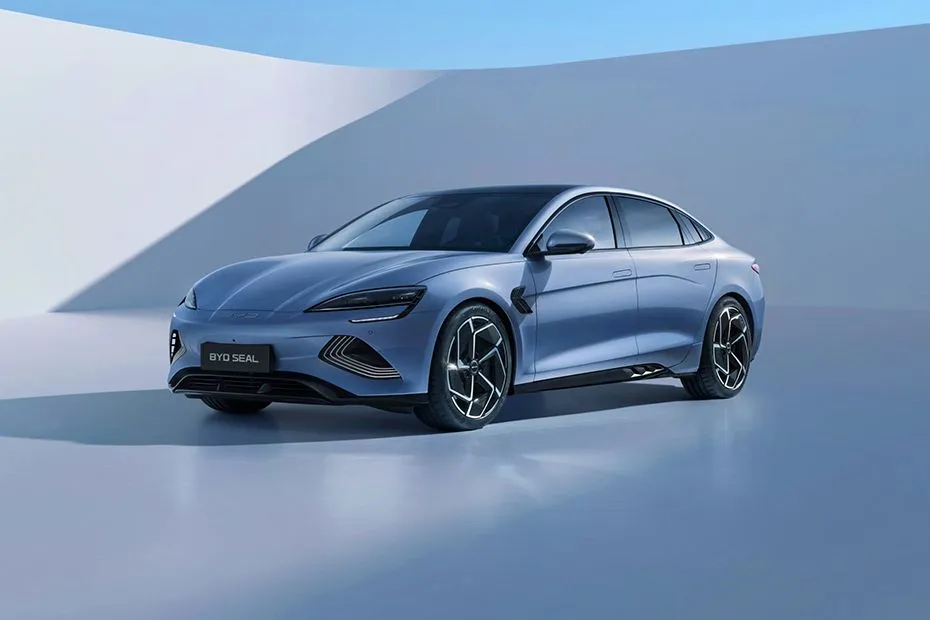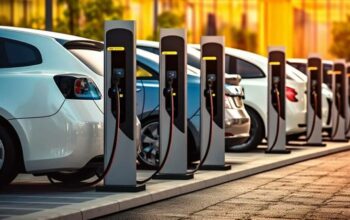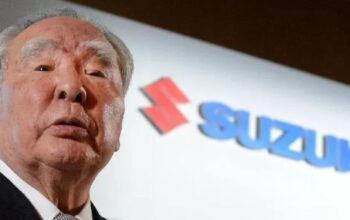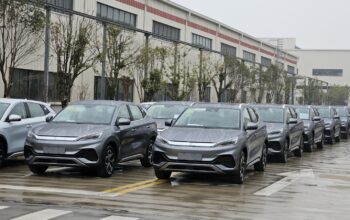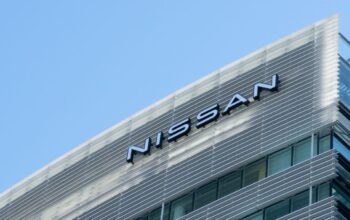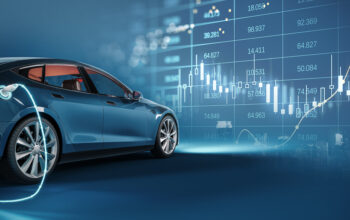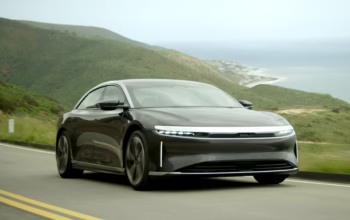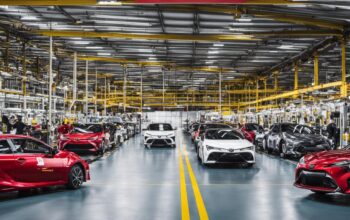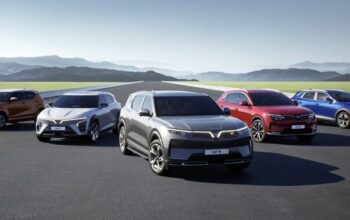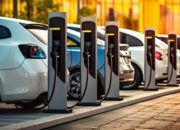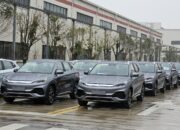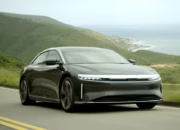Uzone.id – Government support through subsidies for manufacturers, combined with China’s significant investment in research and development, has positioned the country as a leader in the electric vehicle (EV) market. China’s control over the entire EV supply chain—including raw materials, components, and battery cells—has further strengthened its dominance.
In 2023, exports of pure electric vehicles from China are expected to surge by 70%, reaching approximately $34.1 billion. As a result, governments in Europe and the United States are increasingly scrutinizing China’s expansion in the global EV market.
This year, the European Union launched an anti-subsidy investigation into imports of pure electric vehicles from China, even though the EU is itself the largest market for Chinese electric vehicles.
Why are electric vehicles famous?
In the previous year, in 2022, China successfully exported 678,000 electric vehicles, and this number is certain to continue growing every year. One factor influencing this is that many countries are starting to realize the importance of batteries.
Over the past decade, Chinese companies have been researching and producing lithium iron phosphate batteries. Chinese-made batteries have proven to be strong and reliable at affordable prices, not inferior to lithium nickel manganese cobalt batteries that are popular in the West.
As a result, China has received a large demand from the domestic market for electric vehicles. By entering the European and US markets, China has the opportunity to expand outside China and become a global brand.
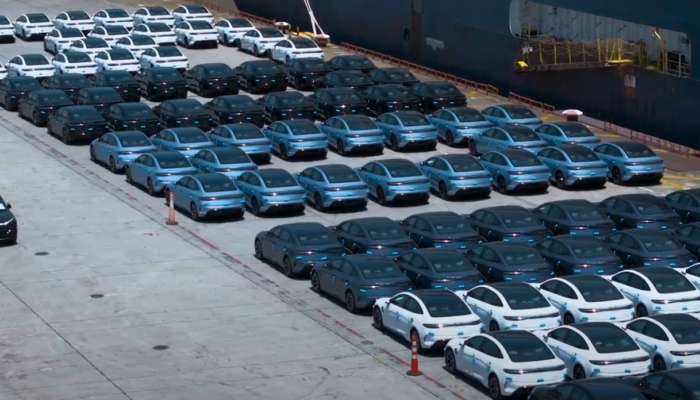
What are European governments doing?
This year, vehicles produced in China are predicted to reach a quarter of all European car sales. This shows China has a reasonably massive target market, significantly impacting part of Europe’s traditional automotive manufacturing industry.
The threat to the European job market is also increasingly visible. For this reason, anti-subsidy duties will likely be imposed on Chinese automotive companies this year. If this is done, it can potentially increase the tax rate from 10 percent to a specific tax rate that has not been determined but is likely to exceed 20%.
The European government took this step to limit electric vehicles in China to maintain order in the Eurozone market. In response, China wants the European Union to cancel initial tariffs on Chinese electric vehicles to overcome European electric car restrictions.
However, based on the results of joint discussions, the new tariffs will be finalized in November at the end of the EU’s anti-subsidy investigation.
How about America?
Unlike Europe, the United States is not the leading destination for Chinese electric vehicle exports. Local brands still dominate the market in America.
The US government has increased tariffs on Chinese electric cars from around 25% to around 100%, in addition to the standard import duty of 2.5 percent for imported vehicles.
The high tariffs on Chinese-made electric vehicles are a government measure to protect US automakers, making it difficult for Chinese cars to enter the US market.
To that end, one of China’s strategies is to develop Mexico as a production location. The free trade agreement between Canada, the US, and Mexico will allow electric cars to be imported into the US without duties. Or, China only needs to pay the standard import duty of 2.5 percent on cars produced in Mexico.
However, if we look at it now, the US is not the leading destination for China’s EV exports because it is difficult to sell products there. One of China’s most important markets is Southeast Asia. Some countries have even started to woo Chinese investment to build electric vehicle factories in their respective countries.
So, what do you think about China’s steps this time? (Aisyah)

